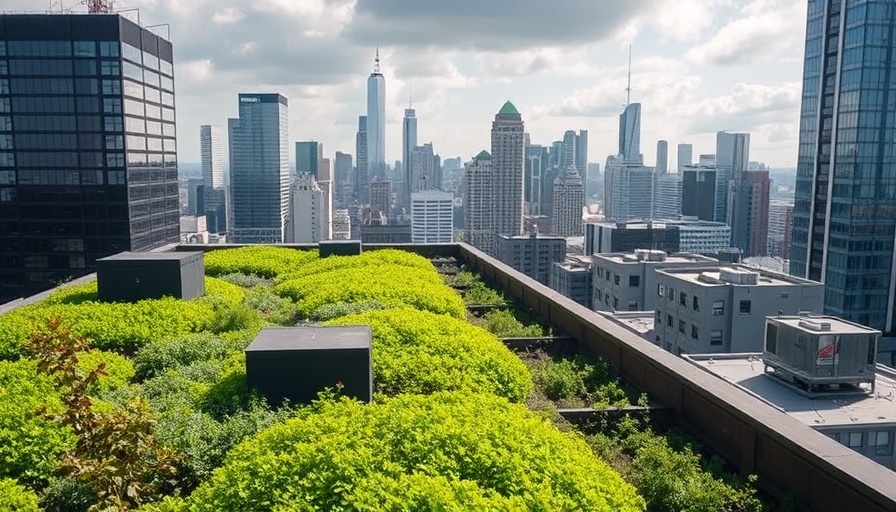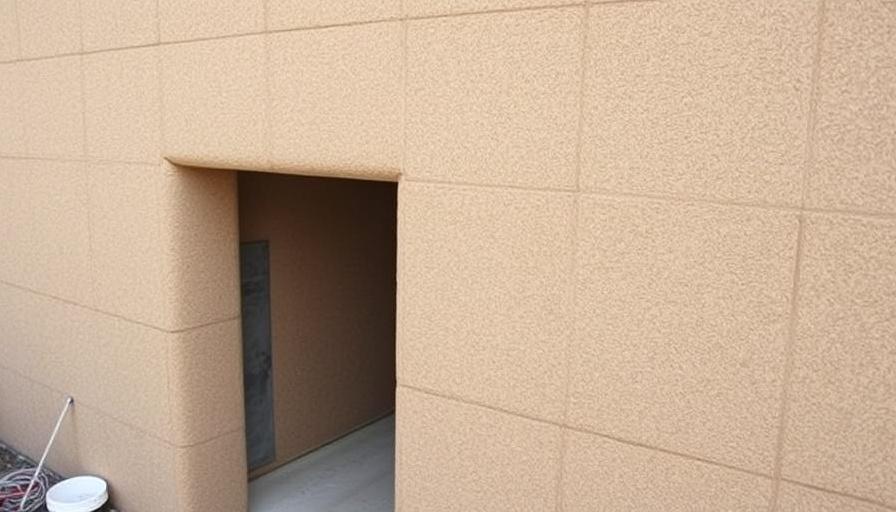
Understanding Green Roofs and Their Unexpected Benefits
As urbanization accelerates and cities expand, the challenges posed by pollution grow increasingly complex. Among these issues, microplastic pollution stands out, affecting both environmental health and human well-being. However, innovative solutions are emerging in urban design that not only tackle these challenges but also enhance urban living. One such solution gaining traction is the implementation of green roofs—sustainable structures that offer a surprising advantage in the fight against microplastics.
What Are Green Roofs?
Green roofs are defined as rooftops that are partially or completely covered with vegetation, atop a waterproofing membrane. They serve various purposes, including reducing energy costs, improving aesthetics, and most importantly, contributing to environmental sustainability. In London, where urban heat islands and air pollution are prevalent, the benefits of green roofs are manifold, particularly in their capacity to enhance air quality while managing stormwater runoff.
Capturing Microplastics: A Game Changer
Recent research has brought to light an unexpected advantage of green roofs: their ability to capture airborne microplastics. As it turns out, plants can effectively trap these tiny particles from the air and rainwater, facilitating their filtration before they can enter the local ecosystem. This function positions green roofs as a critical player in urban pollution management and public health improvement, especially in densely populated areas like London.
The Broader Environmental Context
The proliferation of microplastics—tiny plastic particles less than five millimeters in size—is a global concern that impacts the soil, water bodies, and even the food we consume. Various studies demonstrate that these microplastics can pose serious risks to wildlife and human health alike. Thus, the significance of implementing solutions like green roofs cannot be overstated, especially given their dual capacity to enhance urban greenery while tackling plastic pollution.
Cost-Benefit Analysis: Are Green Roofs Worth It?
Investing in green roofs may come with higher initial costs compared to traditional roofing systems. However, the long-term benefits often outweigh these initial expenditures. Energy savings, reduced stormwater management costs, and potential increases in property values are all compelling factors to consider. Moreover, the added benefits of cleaner air and a healthier environment present a strong argument for investment in green technology.
Relevance to Current Urban Development Initiatives
London is currently facing stringent targets for reducing emissions and improving air quality, making green roofs particularly relevant. Recent policies and building regulations are encouraging developers and homeowners alike to incorporate these innovative solutions into their designs. This push not only promises to combat microplastic pollution but also aligns with broader sustainability goals set forth by city planners and environmental policy makers.
Implementing Green Roofs: Steps for Homeowners
For London homeowners considering the addition of a green roof, several steps can be taken to ensure effective implementation. First, evaluate the structural integrity of your current roof; not all roofs can support the added weight of soil and vegetation. Engaging with a specialist contractor can provide clarity on design options, suitable plants for the local climate, and necessary maintenance practices. Collaborating with local environmental organizations can also yield support in navigating subsidies or funding opportunities aimed at promoting green solutions.
Conclusion: Take Action for a Greener Future
Integrating green roofs into urban designs represents a cohesive strategy to enhance environmental sustainability while addressing one of the pressing issues of our time: microplastic pollution. As homeowners and urban dwellers, taking action now to implement these solutions can lead not only to individual benefits but also contribute positively to community health and environmental resilience. Embrace the potential of green roofs and engage in discussions about sustainable practices in your neighborhood. Together, we can forge a path toward cleaner air, greener spaces, and a healthier future.
 Add Row
Add Row  Add
Add 




Write A Comment